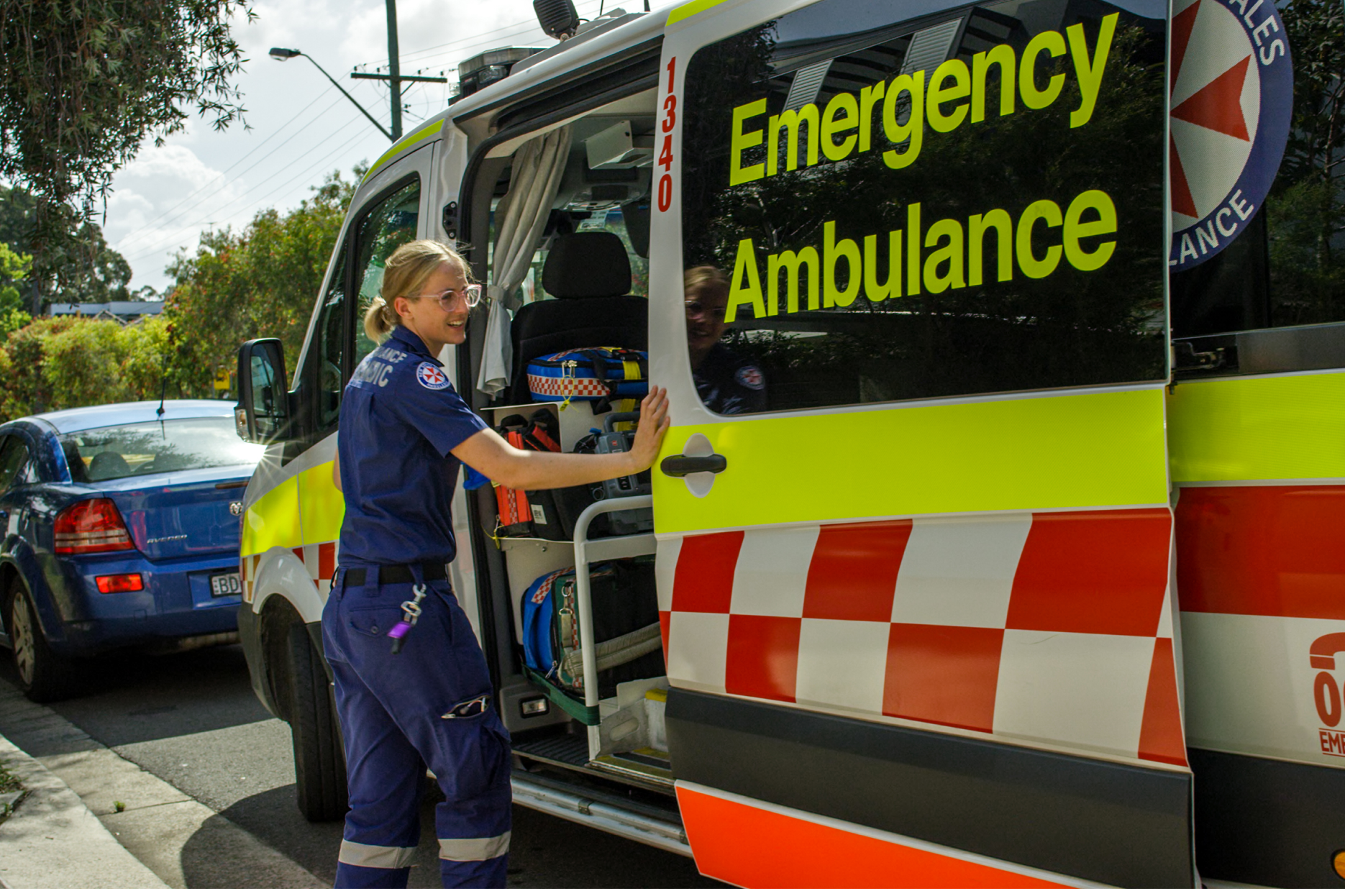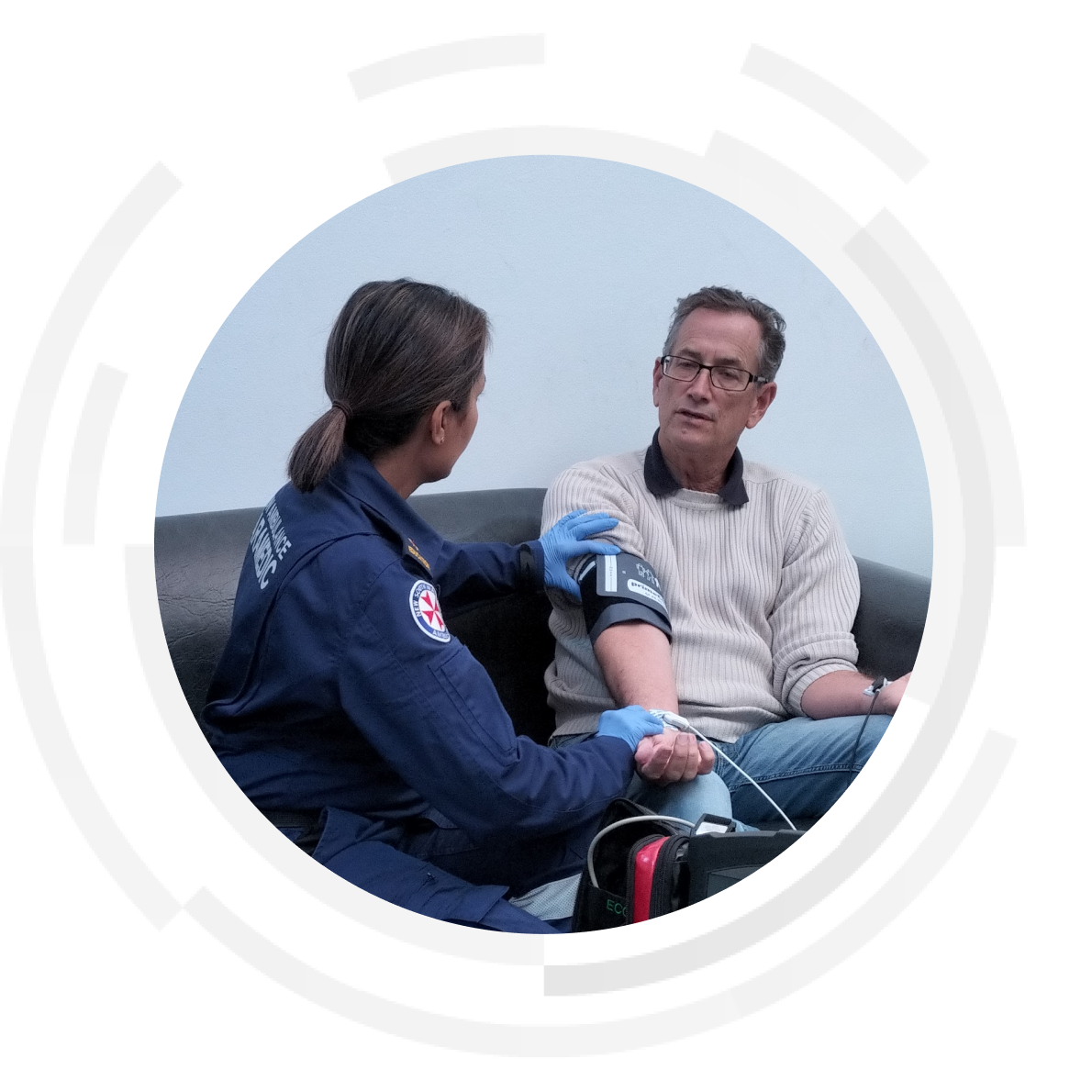
The Challenge
NSW Ambulance and hospitals work in line with the State Cardiac Reperfusion Strategy (SCRS). This ensures that patients presenting with ACS get timely and expert clinical help in the regional and prehospital environment. Key to this is the ability for staff to quickly access and interpret ECG records as well as use the best equipment available whether they’re in an ambulance or a local emergency department.
A review of this equipment identified that the current monitor/defibrillators were reaching end-of-life. They were also heavy to use and required multiple accessories. The associated notification platform, was also outdated with limited storage capabilities and little existing integration with other hospital and ambulance systems. It was time for an upgrade.
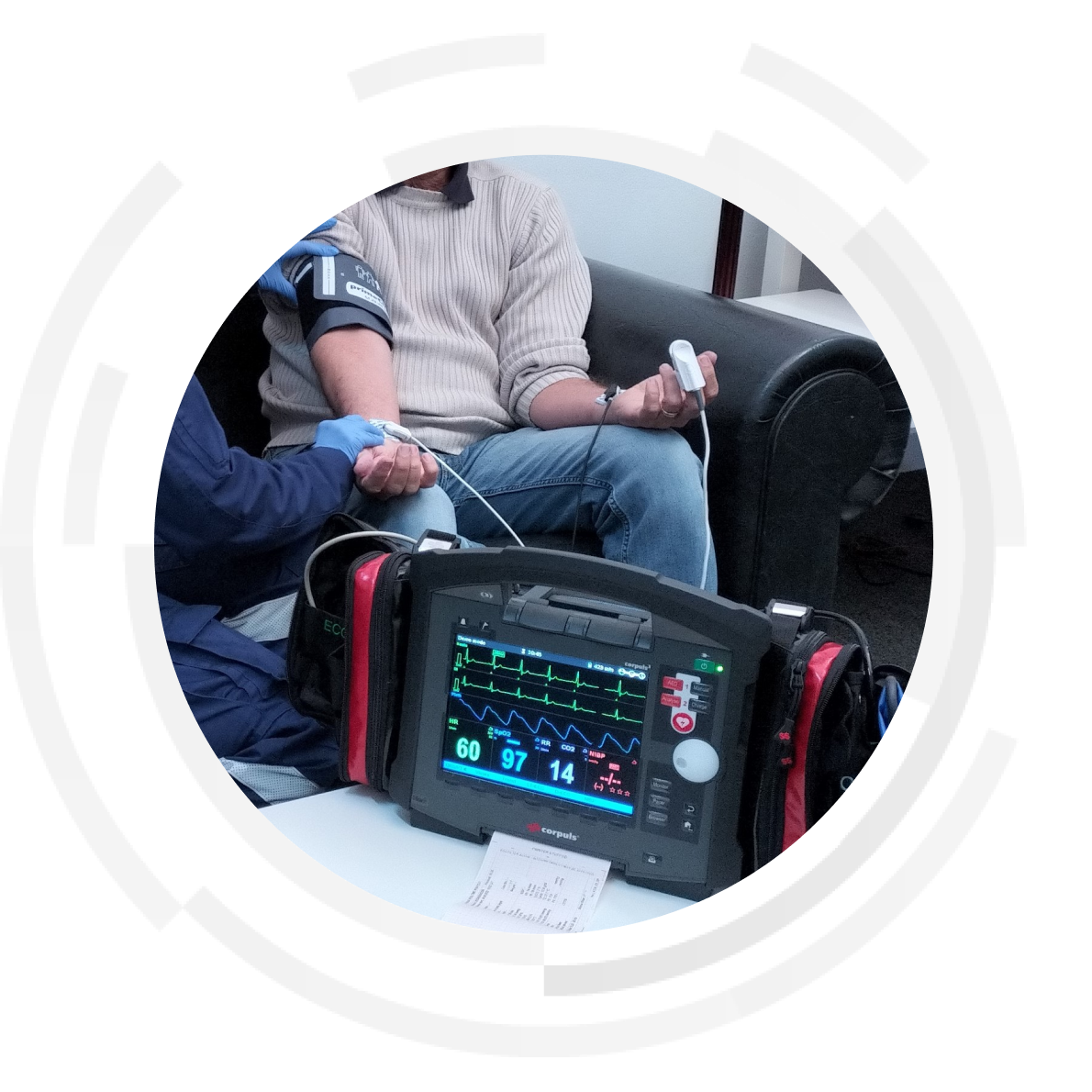
The Plan
eHealth NSW worked closely with representatives from NSW Ambulance and Local Health Districts (LHDs), to understand and prioritise stakeholder requirements. Human centred design principles were used to gather use cases and validate the system design. Consultation with our partners determined a two-phase implementation approach.
Phase 1 will prioritise speedy replacement of the monitor/defibrillators and the notification system, with no changes to existing functionality. Phase 2 will then integrate the new notification platform with ambulance and hospital systems, telehealth and expanded models of care. The team will also deliver enhancements to functionality including the ability for ‘real time’ collaboration and interactive patient care between paramedics, hospital specialists and other relevant clinicians.
The new devices and platform will be piloted in one NSW Ambulance zone and one LHD before being rolled out across the state. Its success will see greater collaboration between NSW Health clinicians and NSW Ambulance clinicians, who work together to deliver rapid care for patients with suspected ACS.
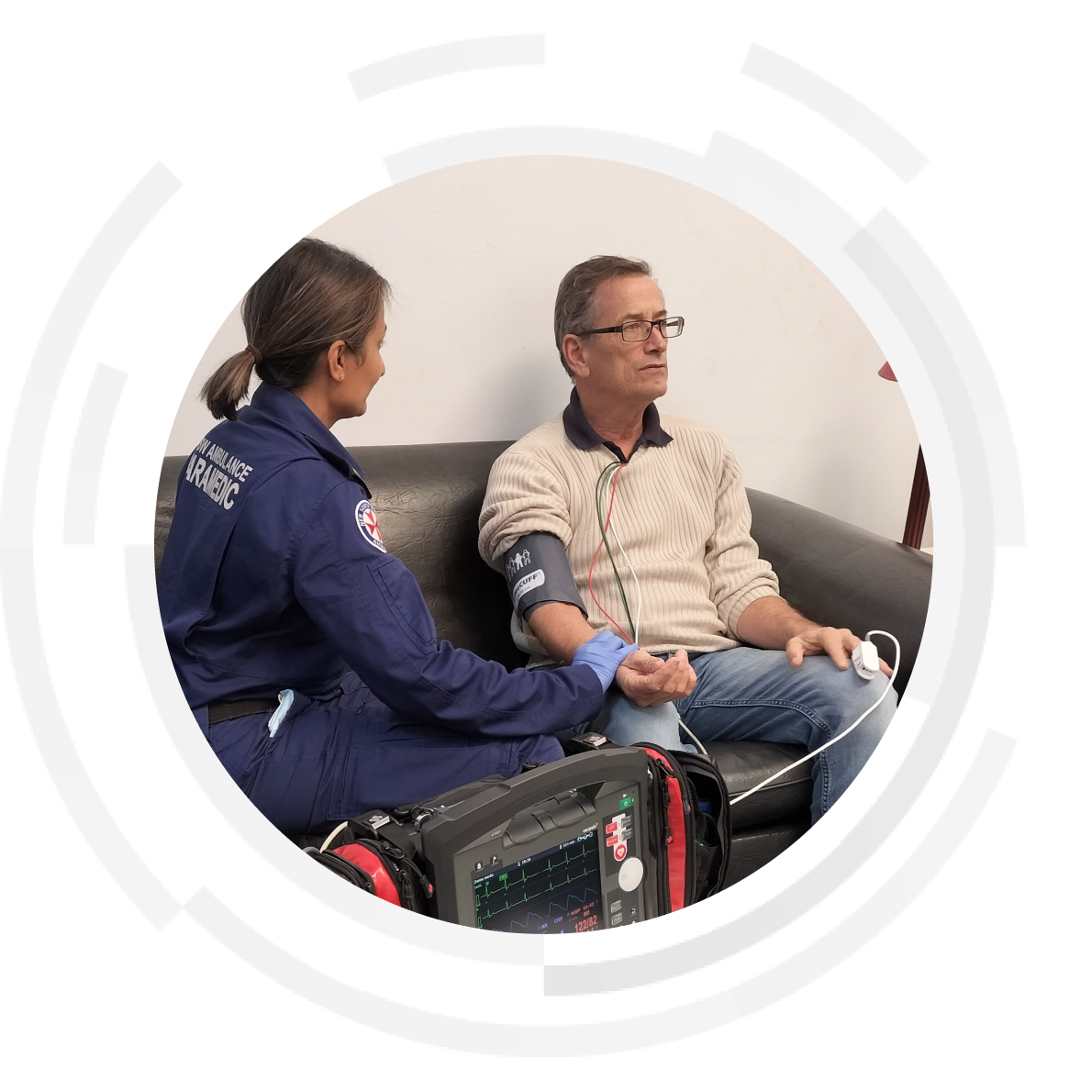
The Outcome
With a pilot of the new device and notification platform imminent in 2022, the new solution will improve patient care at the point of treatment, along with providing better outcomes and access to specialist advice for regional patients.
The state rollout will take approximately 18 months to deliver. For NSW Ambulance clinicians’, the changes are significant, including improving treatment workflows, and enhancing the decision processes for supporting patients with complex or acute medical needs.
More importantly, it also changes the way NSW Ambulance clinicians work, by removing the need for multiple devices and reducing the risk of potential workplace injuries. The new equipment works in a modular configuration, allowing each ambulance or hospital to have a unit tailored to their needs.
The new device and platform will be a fit-for-purpose, state-of-the-art solution that will continue to support the State Cardiac Reperfusion Strategy (SCRS). In future, it will also support telehealth and future models of care including stroke, sepsis and trauma management.
It will also strengthen the collaboration opportunities between NSW Ambulance and LHD-based clinical care teams by providing better clinical data, including ECGs, and a live feed of patient vital signs. This means precious seconds will be saved in the handover between NSW Ambulance clinicians and hospitals.
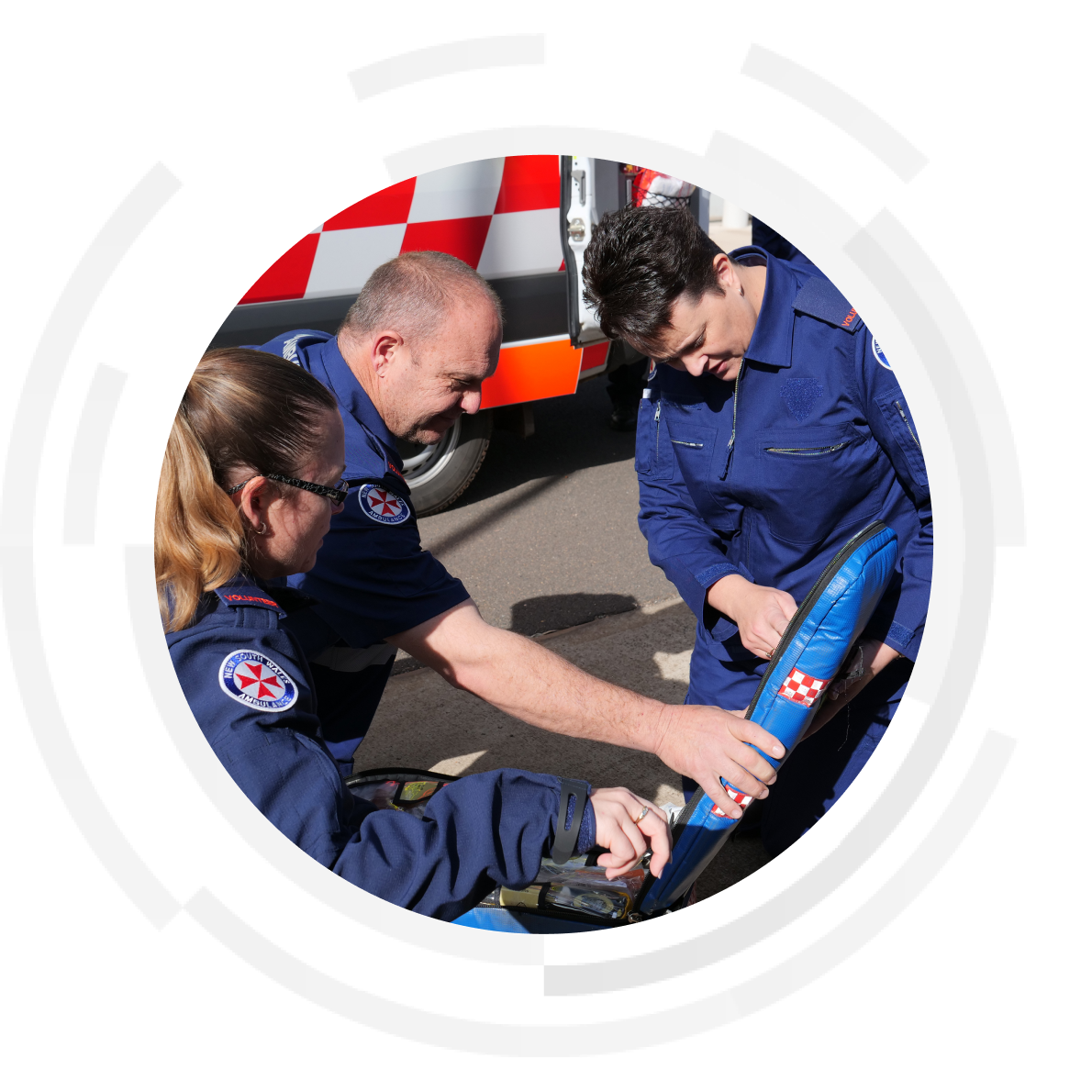
The Benefits
- Improved care for patients – the new notification platform means faster access to specialist advice for all patients across the state
- Greater patient data integrity and diagnostics providing more patient information to receiving hospitals
- Better collaboration and communications between clinicians and paramedics with more reliable connectivity for two-way communications
- New modular device has better ergonomics for paramedics, which will lower the potential risk of workplace injury and eliminate the need for multiple pieces of equipment
- Support future clinical needs by working with clinicians to explore how the new solution can enable better outcomes in patients presenting with trauma, sepsis or stroke.
Data correct as of October 2023

